Painting with Rain: A fresh twist on impressionist style landscape painting
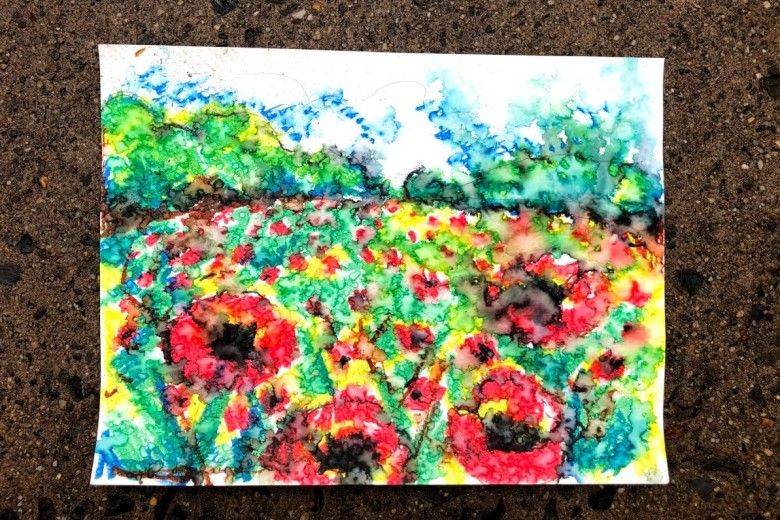
Impressionism is an art movement from the 19th century in Paris, France that is known for having small brushstrokes that are an “impression” of a scene over time. Artists who worked in this style focused on the way light affected a subject (casting shadows and highlights and color shifts) and aimed to create rhythm and movement.
After being hated by many critics at first, the style of impressionism soon caught on and even some American artists started to embrace the loose style of painting. Artists such as Mary Page Evans, the artist who painted Peonies in June from our collection, use similar ideas explored in early impressionism to focus on the lights, darks, colors and movement of their subject matter.
Find inspiration in the impressionist style of painting with this fun, kid-friendly activity that swaps out messy paints for washable markers and a rainy day!
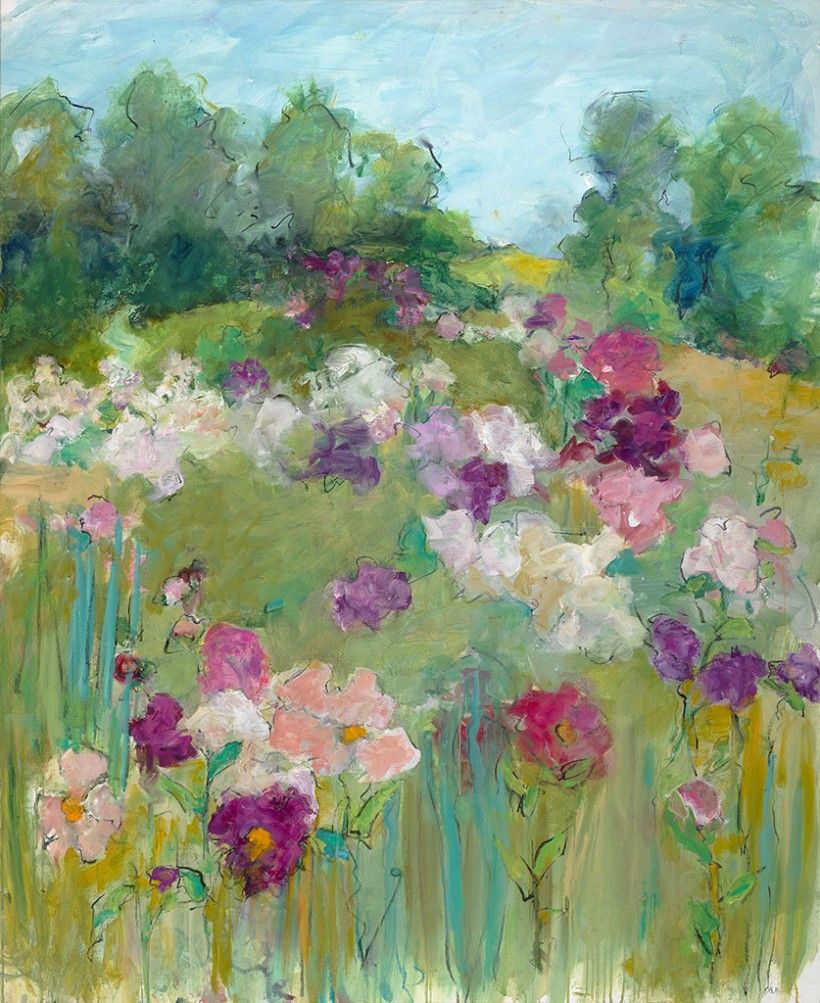
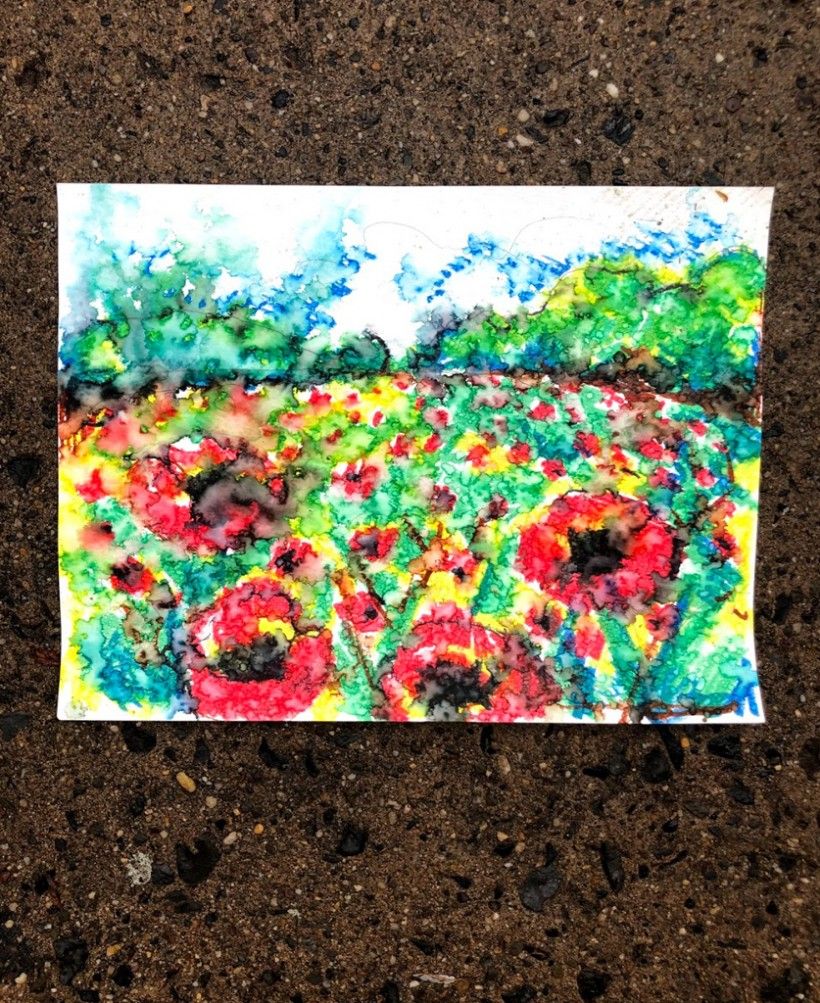
Gather Your Supplies:
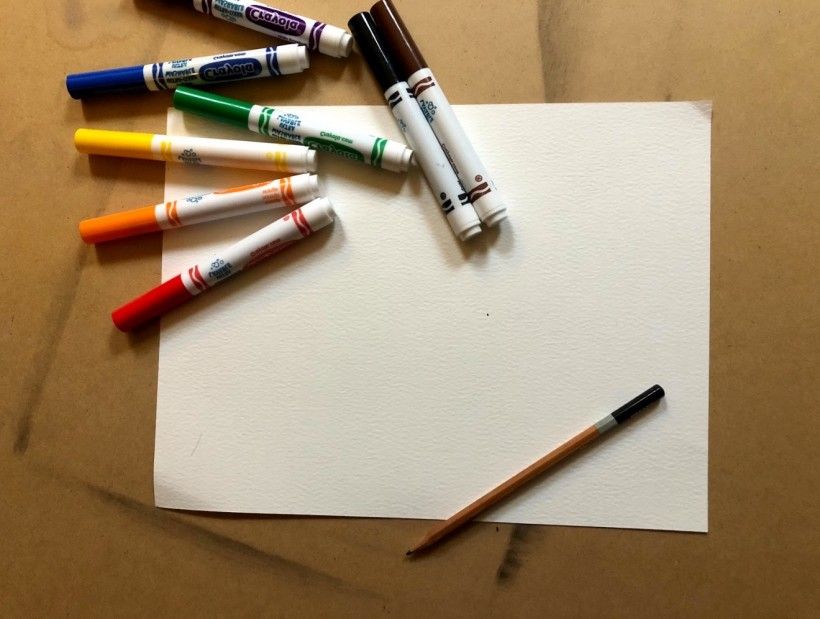
- Washable markers
- Pencil
- Watercolor paper
- A rainy day
Step One:
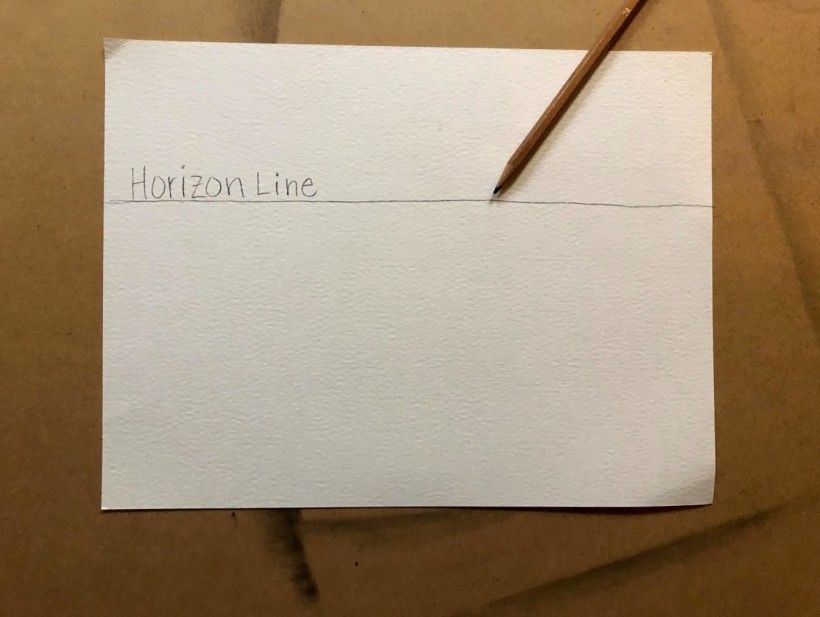
Pro Tip: For an interesting composition, avoid making your horizon line in the middle of your paper.
Step Two:
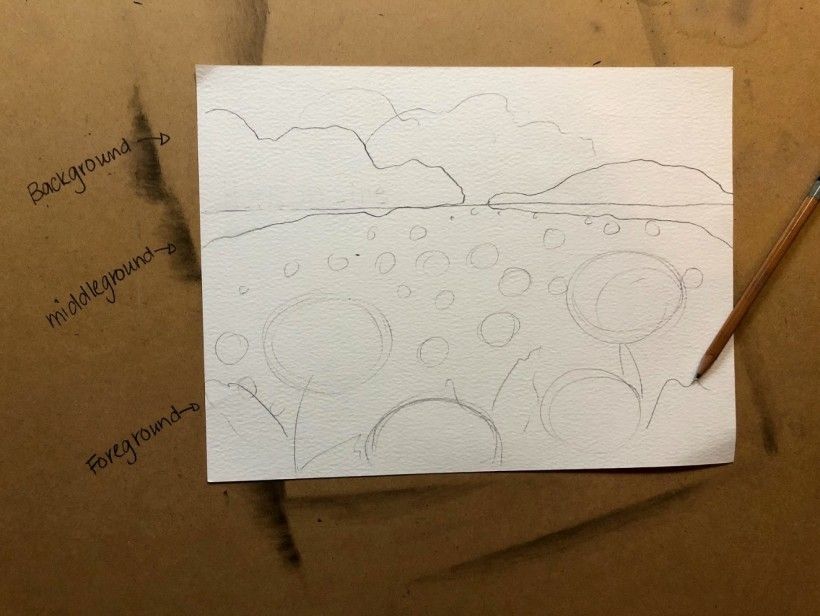
Pro Tip: Impressionist painters work from observation. If possible, draw directly from observation. (Being in a city, my Poppy flower landscape is a bit of a fantasy land for me!)
Step Three:
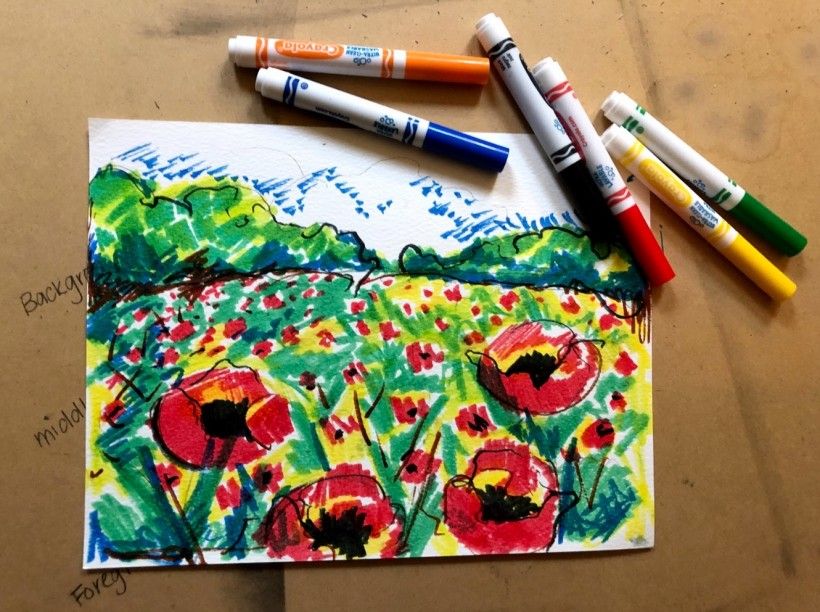
- Is the area of your landscape that you are coloring dark or light? Darker area = more marker, lighter area = less marker.
- How vibrant do you want your colors? Vibrant = more marker, less vibrant = less marker
- How will the colors you are using blend when they get wet and run together? Try experimenting with layering and putting colors next to each other to blend. I had a great success with using blue to mix with my green to darken and yellow to mix with my green to lighten.
Step Four:
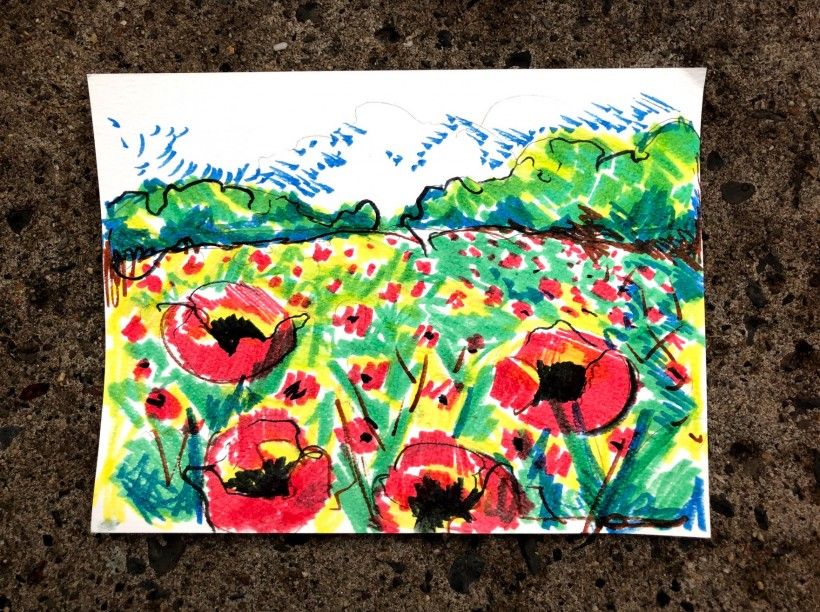
Pro Tip: Use caution; if you can hear thunder, you are close enough for lightning strikes. Wait for rain that isn’t paired with thunder and lightning OR use a squirt bottle indoors to achieve a similar effect.